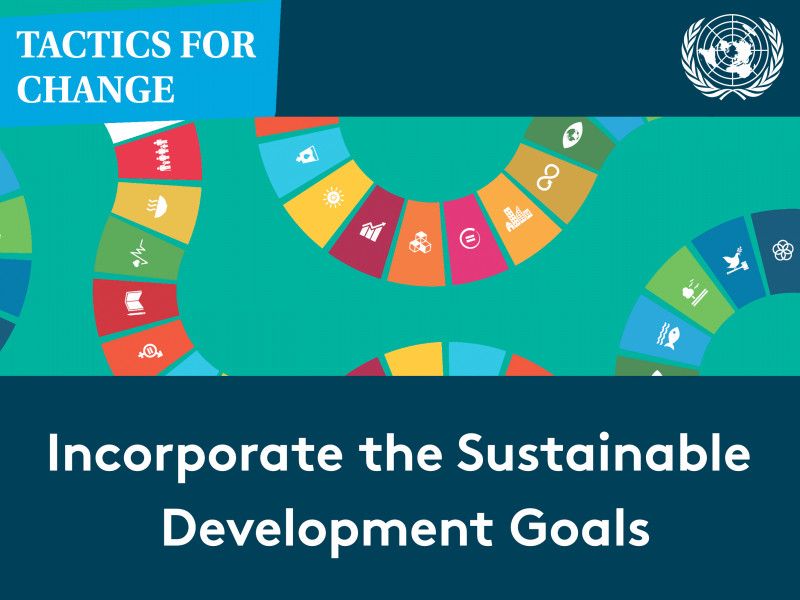“There is no ‘Plan B’ because we do not have a ‘Planet B.’ We have to work and galvanize our action.”
– UN Secretary-General Ban-Ki Moon
The creation of the United Nation’s Sustainable Development Goals (SDGs) is arguably the most comprehensive and well-known attempt to steer the global community towards holistic resilience. In unison these 17 goals, ranging from ‘No Poverty’ to ‘Partnership for the Goals’, describe a roadmap for global action.
The tourism and events industry is not excluded from this roadmap, as it represents a key driver of unsustainable practices. ‘Flightshame’ is becoming a widespread phenomenon and more and more people are criticising themselves (and others) in order to shift existing, unsustainable consumption patterns. The SDGs go significantly deeper than the straightforward reduction of emissions, however, and goal 8.9 boldly states:
“By 2030, devise and implement policies to promote sustainable tourism that creates jobs and promotes local culture and products.”
We are hereby urged to contribute to the SDGs’ collective vision by taking the actions necessary for avoiding climate catastrophe and societal chaos. The MICE industry is also included in this call for action, and just last month The Global Association of the Exhibition Industry (UFI) released a report on this topic titled: “The Exhibition Industry and the UN SDGs: Connecting People, Multiplying Impact”. There exists a growing number of initiatives which deeply embed the SDGs into their strategy. In fact, the roadmap the SDGs offer gives the MICE and tourism industry a clear framework that future actions need to be in alignment with. Our own Whitepaper, stresses this further, and highlight how one city in particular has gone the extra mile to use this framework for guiding strategy and development.
Copenhagen’s ‘Tourism for Good’:
In this tourism and events strategy, the core message is that tourism is not a goal in itself, rather, “tourism is a means to a sustainable end”. The entire strategy has been built upon the structure offered by the SDGs, with the added benefit being that this structure also serves as a measurement framework. By inviting anyone involved in the development of tourism in greater Copenhagen, from hotels and conference organisers to NGOs and universities, the entire tourism value chain is approached in a holistic fashion.
Copenhagen gained second place in the GDS-Index last year, and this strategy has played a crucial role in their success. Through its efforts, and by using the SDGs as a framework, it has now become a destination that attracts people and conventions for being a sustainability champion.
As Ban-Ki Moon states, we have to start taking action now, to ensure the well-being of the one planet which we inhabit. There is no Planet B, there cannot be a Plan B. We have to change, and the SDGs may be one of the few solutions of achieving global wellbeing by striving to create a healthy society, planet, and economy.
Stay tuned for next week’s post, which will continue to outline the 8 Tactics for Change that DMOs can take to contribute to a more regenerative future. If you are eager to read more now, you can read the whitepaper here.



